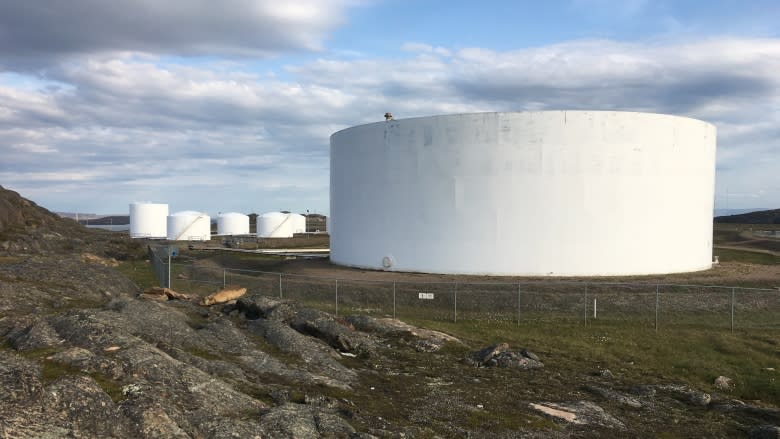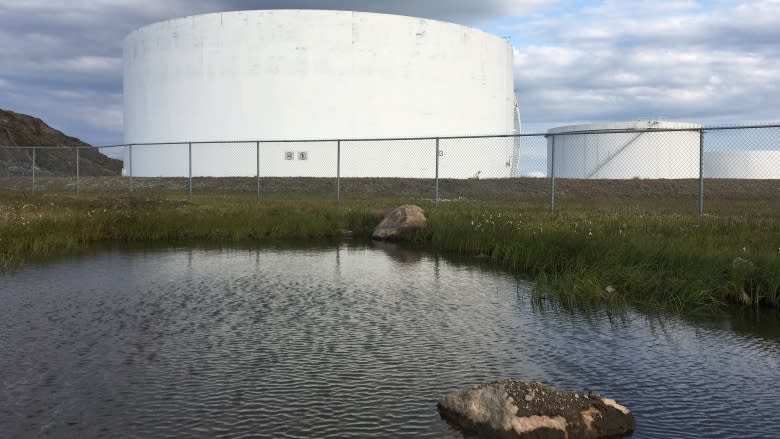Nunavut gov't looks to expand Iqaluit's fuel farm as gas sales approach storage capacity
Drivers in Iqaluit are burning through almost as much gasoline as the government of Nunavut can store, forcing the government to consider expanding Iqaluit's fuel farm to avoid potential fuel shortages.
This year Iqaluit ran low on fuel after a resupply vessel was delayed by ice conditions.
Nathaniel Hutchinson, the director of the government's petroleum products division, said the government is currently in talks with a consultant about the expansion plans.
"Looking at how close we were with gasoline this year, we've decided to bring them in now to start planning over the next two to three years," Hutchinson said.
The consultant should be officially hired within the next couple of weeks for an initial assessment and Hutchinson expects results of the assessment in about a month.
The consultant will look at the three types of fuel stored in Iqaluit — diesel, gasoline and jet fuel — and develop a short term plan and a 20-year long term plan while considering building code compliance issues.
The fuel farm holds 6.1 million litres of gasoline. The government has sold just under that every year for the past few years.
There's a bit more wiggle room with diesel fuel and there's "far more" capacity than sales of jet fuel, Hutchinson said.
The government has managed to maintain Iqaluit's gasoline supply by resupplying early and topping up the tanks before Frobisher Bay freezes over for the season.
"We are not at risk for the next year or two but we do have to start to make plans to expand our gasoline capacity in the short term and look to the other products long term," Hutchinson said.
Hutchinson said fuel resupply is going smoothly in other Nunavut communities, as they haven't had to fly fuel in to any communities in the past five years.



